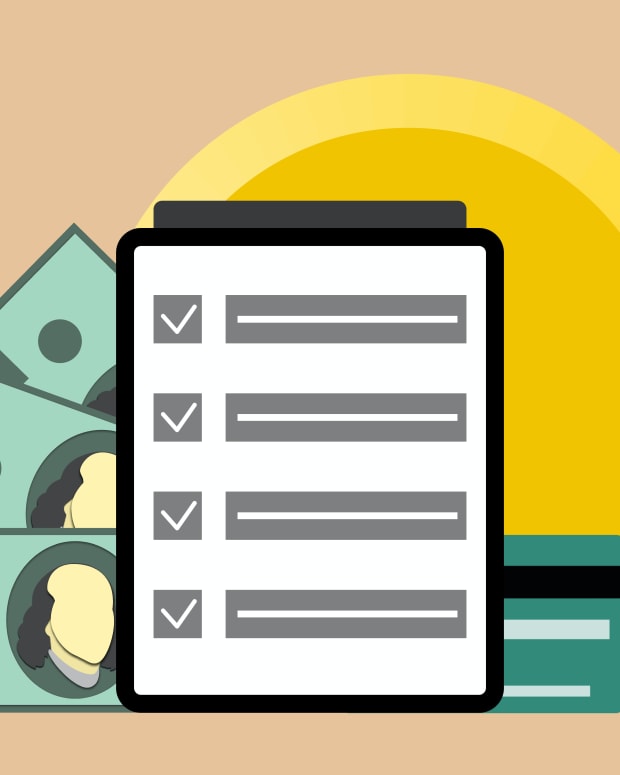Four Year-End Tax Planning Strategies
By Philip Herzberg, CFP
If you are feeling deflated by several months of soaring inflation, investment market losses, and interest rate hikes, there is still time to save money on taxes with year-end planning strategies.
Here are four proactive planning moves that may help you lower your 2022 tax bill.
Consider a Roth IRA Conversion
The recent stock and bond market decline has made the Roth IRA conversion more attractive for those who are well-positioned to leverage this strategy in a historically low tax rate environment. A market downturn permits investors to convert a larger portion of an IRA and enjoy tax-free growth, as well as possible tax-free distributions in the future, inside the Roth IRA with the eventual stock market recovery. Another Roth conversion incentive is a lower tax bill, as the liability for a conversion will be cheaper now than it had been when the markets were elevated.
If you are considering converting some or all of your traditional IRA into a Roth IRA, conversion funds must be out of the pre-tax IRA by December 31st, 2022. Since there are many potential unintended consequences, such as Medicare premium and capital gains tax rate increases that may come with the extra income from Roth IRA conversions, experts advise against this strategy in the absence of a complete set of facts. Seek the guidance of qualified tax and CERTIFIED FINANCIAL PLANNERTM professionals to evaluate whether a Roth conversion is beneficial for your situation.
Bunch Charitable Gifts with a Donor Advised Fund (DAF)
Investors still desire to make charitable gifts despite economic concerns. With the $12,950 standard deduction for single filers and $25,900 standard deduction for married couples filing together for 2022, many taxpayers will not itemize write-offs, making it more challenging to claim a deduction for charitable donations. If you give yearly, you may think about “bunching” these donations with a DAF, which is a beneficial way for donors to minimize their taxes and maximize their philanthropic impact.
Consider establishing a donor-advised fund (DAF), which enables you to make gifts, immediately qualify for a charitable tax deduction, and then give grants to IRS-qualified 501(c)(3) public charities over time. The most tax-effective manner to fund a DAF is by contributing highly appreciated publicly traded stocks. There is a greater benefit to charitably donating profitable securities than cash, as you would avoid paying capital gains taxes you would otherwise owe when selling assets to fund the donation. Donating appreciated securities to DAFs has become a beneficial way for donors to minimize their taxes and maximize their philanthropic impact.
Follow us on Instagram and Twitter!
Save Tax Money with Charitable Donations from IRAs
Those who are philanthropically inclined and are not able to annually itemize deductions can utilize qualified charitable distributions (QCDs), a direct transfer to qualified charities from their IRAs, as an impactful strategy to save money on taxes. If you are age 70½ or older, you may utilize QCDs to donate up to $100,000 every year. For individuals age 72 or older, a significant positive of using this QCD strategy is that you can satisfy your IRA required minimum distribution (RMD) by directly donating up to $100,000 of the RMD to charity from an IRA, paying no tax on what would have been a distribution taxed as ordinary income. Be mindful that you cannot obtain a double tax break by taking a QCD and receiving an itemized deduction for a charitable gift. Rather than counting as an itemized deduction, QCDs for those taking RMDs may lower your adjusted gross income, which can possibly help you avoid Medicare premium increases.
Withhold Taxes from Year-End IRA RMDs
There is still time to avoid later penalties for some retirees who have not made quarterly estimated tax payments for 2022. Retirees generally need to send tax payments four times per year if they are not withholding enough from self-employment income, investments, Social Security, pensions, or other guaranteed income sources. There’s an opportunity for retirees to avoid penalties for missed payments by withholding taxes from year-end RMDs.
For instance, if you need to withdraw $50,000 from an IRA by year-end to fulfill your RMD for 2022, you can estimate the year’s total federal and state tax liability and withhold the funds from your RMD. If you gauged you still owed $4,000 in taxes to meet quarterly estimated tax obligations, you could choose to withhold that amount, send it to the IRS, and receive the remaining $46,000 withdrawal. Notably, if you complete this withholding by December 31st, it is considered “pro-rata” for each quarter, meaning it counts as on-time payments made by each deadline. Consult your qualified tax professional, in tandem with your CERTIFIED FINANCIAL PLANNERTM professional, to figure out how much you would need to withhold from your IRA RMD to avoid late penalties.
About the author: Philip Herzberg
Philip Herzberg, CFP®, CDFA®, CTFA, AEP® is a lead financial advisor at Team Hewins, a wealth management firm with offices in South Florida and the San Francisco Bay Area.











